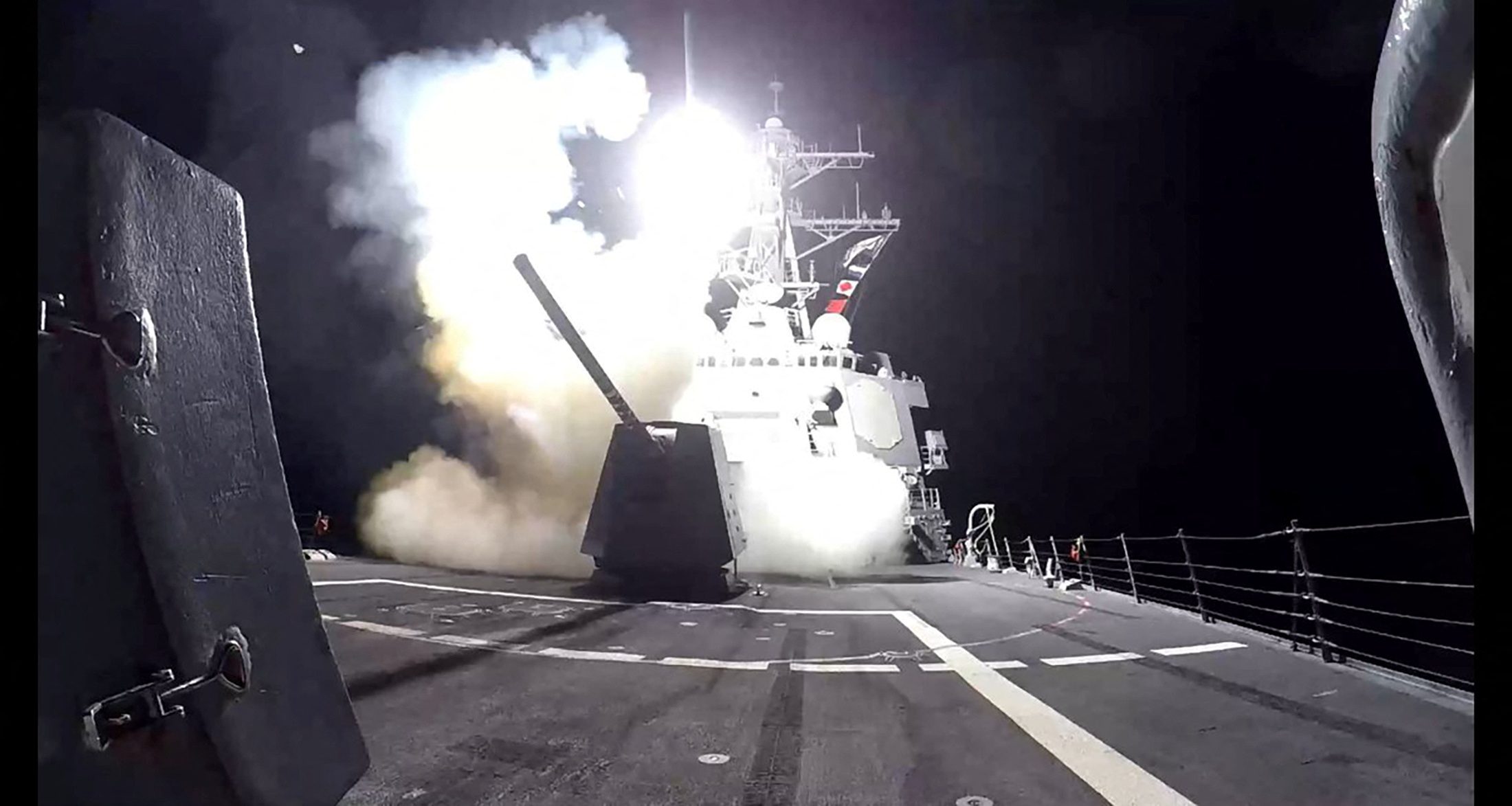by Captain John Konrad (gCaptain) In an era where the South China Sea is a hotbed of geopolitical tensions and China is militarizing it’s Merchant Marine, understanding the historical underpinnings of China’s naval capabilities in relation to commercial shipping is crucial. Toshi Yoshihara’s “Mao’s Army Goes to Sea: The Island Campaigns and the Founding of China’s Navy” emerges as a pivotal work in this regard, earning it the title of the best naval book of the year by gCaptain. Yoshihara’s book delves deep into the transformation of China’s People’s Liberation Army (PLA) from a land-based force in 1949 to a formidable naval power via the use of commercial shipping, a transition that holds significant implications for modern naval security in light of China’s rapid expansion into dual-use shipbuilding, maritime digitilization, commercial shipping, and global port ownership.
“This book also informs the reader on an operational level of the off-shore campaigns waged by the People’s Liberation Army to seize islands,” said Claude Berube, Director of the U.S. Naval Academy Museum. “Yoshihara’s mastery of the material and ability to analyze them make this a must-read.”
The Genesis of China’s Naval Power
Yoshihara warns us not to be fooled by those who downplay China’s naval capabilities. While some analysts may dismiss China’s maritime expansion as purely commercial – or point to the fact the Chinese Navy is actually under the Army, or claim the People’s Liberation Army Navy (PLAN) does not have “global reach” – the truth is the Communist Party of China has a long history in using commercial assets to augment military capability. This means that China’s naval power is backed by the strength and resources of its entire commercial global maritime structure.
Related Book: Pacific: the Coming Collision of the World’s Superpowers by Simon Winchester
Lessons for the Present and Future
A key thesis of Yoshihara’s work is the significance of institutional memory in shaping the PLAN’s contemporary strategies and priorities. By examining the PLA’s early island campaigns, particularly the battles of Kinmen and Hainan, Yoshihara sheds light on the factors that dictated China’s naval successes and failures. These historical insights are crucial in understanding China’s current naval tactics and its approach to amphibious warfare, particularly in the context of Taiwan.
The book, provides an unprecedented look at the origins of the People’s Liberation Army Navy. Yoshihara, a former professor of Strategy at the U.S. Naval War College and author of the bestselling book Red Star over the Pacific, China’s Rise and the Challenge to U.S. Maritime Strategy, uses primary sources to unravel the PLA’s journey from a ground force to a navy capable of global, expeditionary operations. This transformation, which began in 1949, was driven by a lack of naval warships and the need to secure China’s periphery and involved overcoming numerous challenges, including Mao’s military lack of nautical expertise and resources.
Related Book: Red Star over the Pacific, Second Edition: China’s Rise and the Challenge to U.S. Maritime Strategy by Toshi Yoshihara and James Holmes
Yoshihara’s analysis offers vital lessons for today’s defense strategists. The PLA’s ability to augment commercial ships of all sizes with military capabilities ranging the spectrum from intellegence gathering to firepower, is gleaned from its historical experience. It is a strategy that could be replicated in future conflicts. The book also highlights the PLA’s ability to learn from its past, particularly the importance of never underestimating an opponent, as evidenced by the Kinmen campaign.
Moreover, Yoshihara points out the strategic use of paramilitary forces and civilian vessels in the PLA’s amphibious assaults. This tactic, originating from the PLA’s early naval era, underscores the potential for China to redefine naval warfare by integrating its merchant marine into military operations. Such strategies, which blur the lines between civilian and military assets, could have far-reaching implications in the South China Sea and beyond.
A Must-Read for Shipowners
“Mao’s Army Goes to Sea” is more than a historical account; it’s a critical resource for today’s shipowners and port operators to understand the evolving dynamics of naval warfare in the Indo-Pacific region and how their assets could possibly be used for the purpose of war. Yoshihara’s detailed analysis provides insights into the PLAN’s development and a brief overview of its current capabilities, offering valuable lessons for defense communities in Taiwan, the United States, and other nations concerned with maintaining stability in the maritime domain.
The book is available via Amazon, Audible and most booksellers.
Amazon Link: Mao’s Army Goes to Sea: The Island Campaigns and the Founding of China’s Navy by Toshi Yoshihara
Related Book: Pacific: the Coming Collision of the World’s Superpowers by Simon Winchester

 Join The Club
Join The Club











